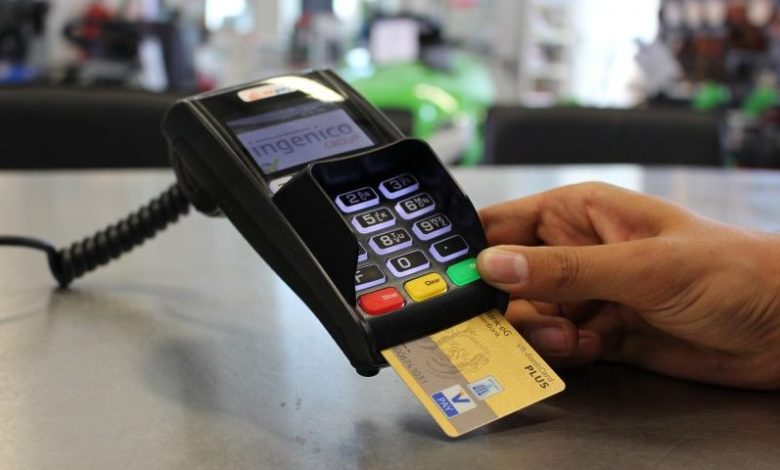Pet food and petcare are the least promoted

Pet food and petcare were the least promoted categories, a new study has found, with just 21.2 percent of all products sold on promotion.

Become a member for unlimited access
Remove all content restrictions with a membership account. First-year special offer pricing. Cancel any time.
You have read 2/2 free articles this month.

How many members should have access to the subscription?
Monthly
Yearly
Save £9.89
No, thanks
I already have an account

Pet food and petcare were the least promoted categories, a new study has found, with just 21.2 percent of all products sold on promotion.